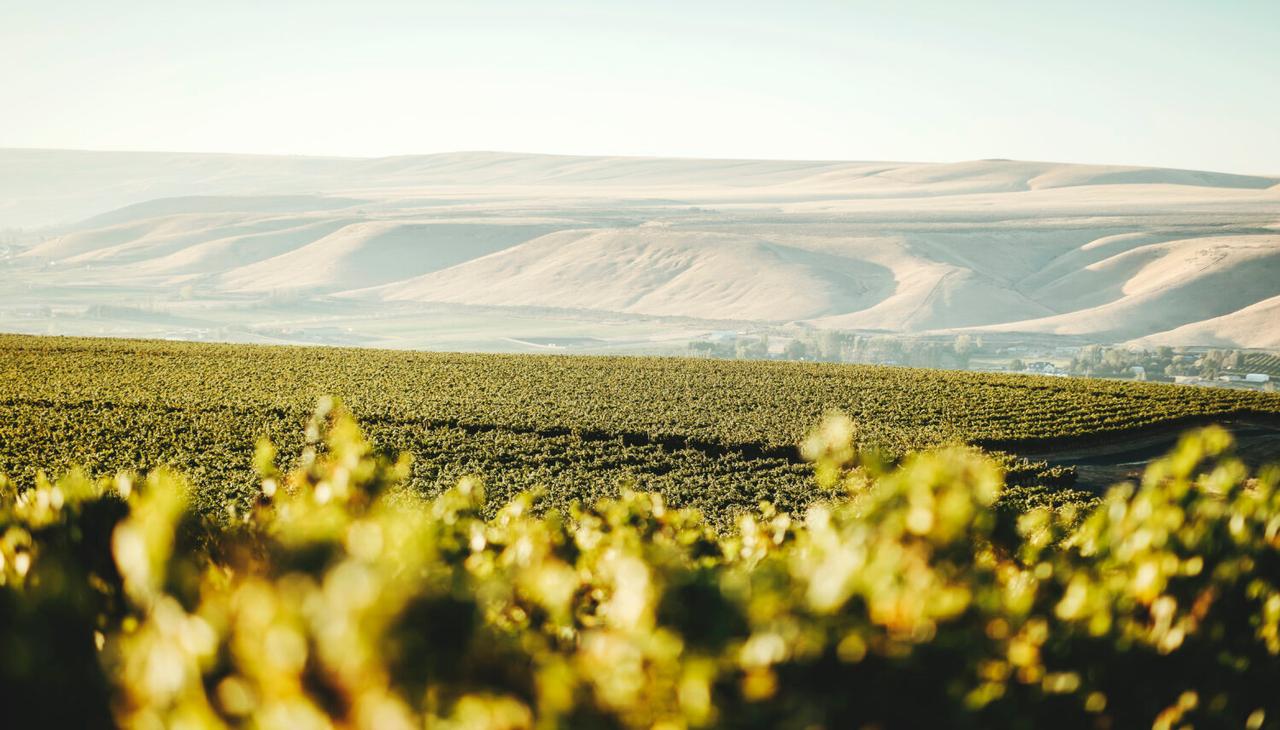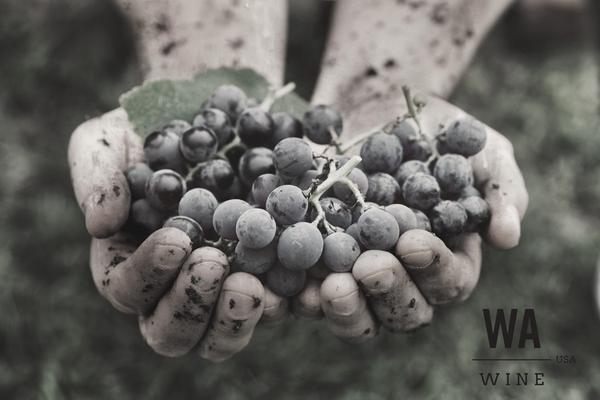
Goose Gap AVA
Goose Gap’s main distinguishing feature is the orientation of Goose Mountain’s ridge crest, which runs east-west. By comparison, ridge crests of nearby Red Mountain, Candy Mountain, and Rattlesnake Mountain run northwest to southeast.
Key statistics
2021
1,800 acres
6 inches

Characteristics
About the region
Goose Gap is located in south-central Washington. It is a sub-appellation of Yakima Valley, which lies within the larger Columbia Valley.
The appellation’s name refers to a saddle between Goose Mountain to the west and Badger and Candy Mountains to the east. Goose Gap and Goose Mountain are included within the boundaries of the appellation, which gets its name for being a common pathway for migratory waterfowl.
Goose Gap’s main distinguishing feature is the orientation of Goose Mountain’s ridge crest, which runs east-west. By comparison, ridge crests of nearby Red Mountain, Candy Mountain, and Rattlesnake Mountain run northwest to southeast.
The appellation’s southern aspects are generally considered too steep to plant. Most planted acreage is therefore on north-northeast slopes. This stands in sharp contrast to vineyards on Red Mountain and Candy Mountain, which Goose Gap shares borders with. Vineyards in these appellations are largely planted on south-southwest slopes. This difference in aspect means grapes from Goose Gap are typically harvested later than their counterparts in those nearby appellations.
Goose Mountain is a Yakima Fold Belt structure, uplifts in the land that define many of eastern Washington’s grape growing regions. Elevations range from 577 feet above sea level along the southern boundary to 1,339 feet at the top of Goose Mountain, putting the upper reaches above the largest Missoula Floods.
Almost two-thirds of the soils in Goose Gap are Warden series, windblown silt and fine sand overlying Missoula Flood sediment. This is a considerably higher percentage than surrounding areas.
The first grapevines were planted in the area in 1998 by Arvid Monson. There are currently 1800 acres of grapevines in production, planted at two vineyards to 16 varieties. These two vineyards supply fruit to more than 20 wineries. The appellation itself is home to one winery. Goose Gap is 8,129 acres in total size.

